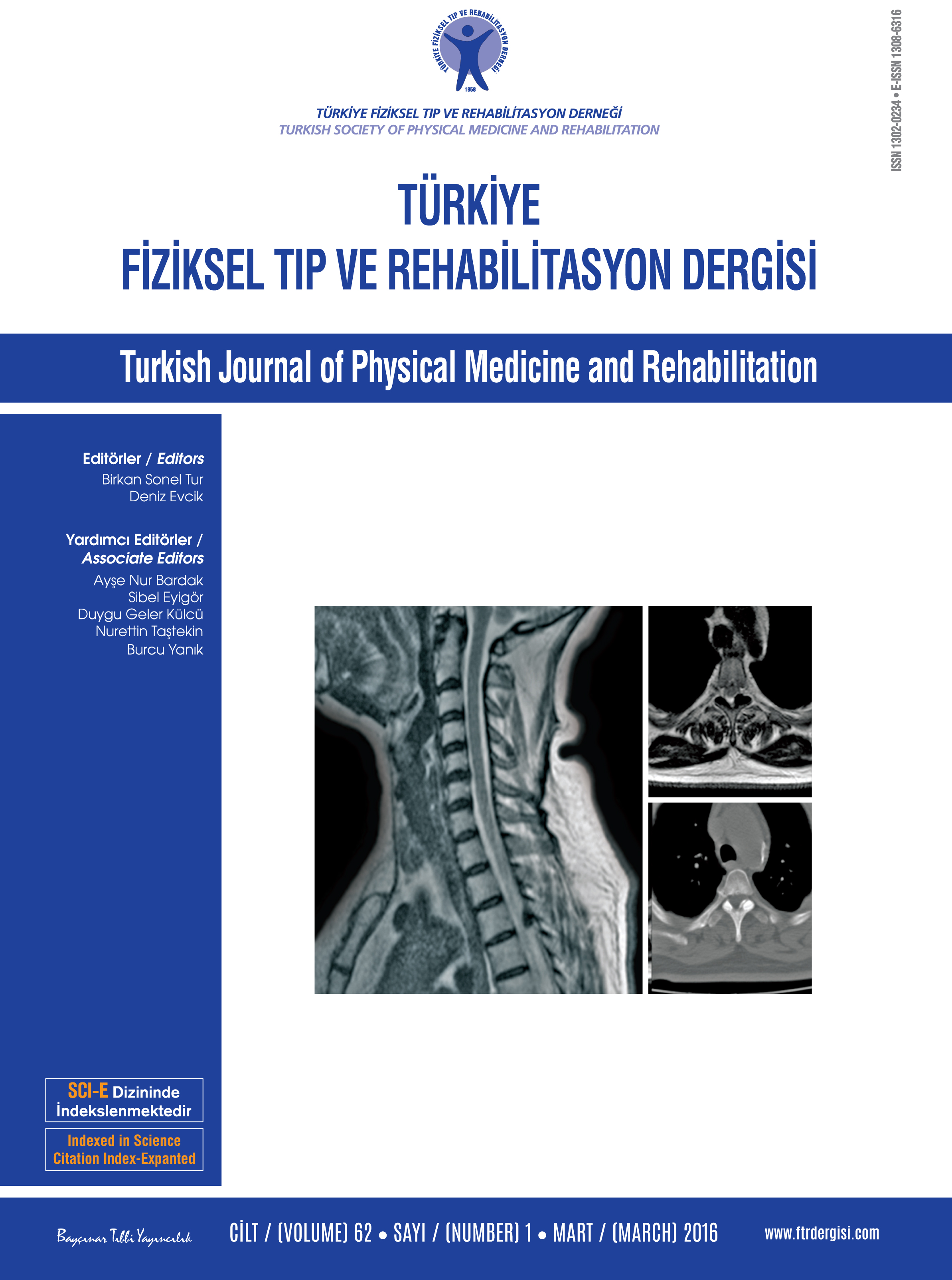The relationship between the Gross Motor Function Classification System and treatment modalities in children with cerebral palsy
Patients and methods: Data of 187 children (108 males, 79 females; mean age 7.0±3.0 years; range 2 to 15 years) who were hospitalized in our pediatric rehabilitation unit with the diagnosis of CP were retrospectively analyzed. Demographic characteristics of the patients and treatment modalities applied (physical therapy and rehabilitation, orthotics, oral anti-spastic treatment, botulinum toxin, or orthopedic surgery) were recorded. The GMFCS was used to determine the severity of CP.
Results: According to the GMFCS Levels, the majority of the patients were at level 3 (29.4%) and level 4 (29.9%). All patients received physical therapy and rehabilitation. According to the GMFCS levels, the use of ankle-foot orthosis (AFO) was the highest at level 2 (71.4%) and level 3 (43.6%), the use of antispasticity medicine at level 3 (27.3%) and 4 (25%), Botulinum toxin application at level 1 (66.7%) and 3 (74.5%), and application of orthopedic surgery at level 3 (27.3%) and 4 (28.6%). According to the GMFCS levels, there was a statistically significant difference in the AFO use (p=0.001) and Botulinum toxin (p=0.001), while no significant difference in the oral anti-spastic treatment (p=0.28) and orthopedic surgery (p=0.10) was observed. The distribution of the use of physical therapy and rehabilitation, oral anti-spastic treatment, and Botulinum toxin procedures was compatible with the therapy recommendations covered by the European Consensus Report.
Conclusion: A multidisciplinary rehabilitation program should be developed within the consideration of the GMFCS levels of children with CP. We believe that our study will be helpful to explain the multidisciplinary treatment program to the parents of children with CP.
Keywords : Cerebral palsy; Gross Motor Function Classification System; therapy
















